The deadline for the summer 2015 slot submissions was yesterday, October 9. All airlines intending to operate in the Spanish airports between March 29 and October 24 2015 were supposed to submit their schedules to AECFA, the new Spanish slot coordinator. Before that, and after the capacity analysis performed by Enaire and Aena, AECFA distributed the new airport capacities for this season. Among other items, it is worth noting the significant Barcelona and Palma airport capacity increases.
We will go through the Barcelona airport capacity increase in a separate post. Now, let’s focus on Palma:
Palma de Mallorca is one of the most congested airports in Spain in the summer seasons. It has busy times every day of the week. Still Saturday is the most congested day in Palma. Generally speaking, along the season it is very unlikely to clear slots for new flights either in the morning or in the evening. In terms of departure slots the only availability would be found at night, between 21:00 and 05:00 UTC. Also, there is some availability in the late afternoon, between 14:00 and 15:30. Palma airport, despite being huge, has enough demand to cover nearly all the availability. Either due to terminal or runway, at the busy times, one or another constraint is reached.
The good news was published by AECFA on October 2: The Palma airport capacity increases terminal, for departures, from 5,650 passengers per hour to 5,850 non inter-island passengers per hour plus 400 inter-island passengers per hour. Moreover, the runway capacity increases from 33 to 34 departures per hour and from 62 to 65 total operations per hour – i.e. arrivals plus departures. These changes will be effective in the forthcoming Summer 2015 season (S15). In fact, AECFA will already take them into consideration to coordinate all the slot submissions just sent.
Terminal capacity increase
Both Palma airport capacity increases – terminal and runway – will help to improve the Palma slot availability. Consequently, they will let the airport accept more flights and hence more tourism. The terminal increase is significant: not only it increases the capacity in 200 passengers per hour, but it takes the inter-island traffic out of this constraint as well. Therefore, in certain peak times, for a non inter-island flight, the terminal constraint for departures is upgraded in over 300 passengers per hour. For example, the following graph shows the terminal capacity used by the inter-island flights above the capacity used by the non inter-island ones. It has been produced with the information of the flights scheduled for July 26 2014. The terminal is totally full for departures at 6 and at 20. However, in both cases there were 160 passengers reserved for inter-island flights. Thus, with an scenario like this in S15, the airport will be able to offer, at those times, up to 360 passengers for departures: 200 thanks to the capacity increase and 160 thanks to the fact that the inter-island passengers will be counted separately. Which is, in fact, another increase by itself.
The valleys shown in the graph are not necessarily there because the Spanish Coordination works with the rolling hour system: This graph drowns a point at 5,611 passengers for the 9 hour. This would mean that 5,611 passengers have been coordinated between 09:00 and 09:59 UTC. However, the rolling hour system would make several calculations within every hour for a more accurate control of the passenger flows. Nevertheless, it gives quite a clear picture of the actual scenario.
Runway capacity increase
But equally important – if not more – is the runway capacity increase. This graph clearly indicates that the current availability for total operations per hour – 62 – is full at different times of the day. The capacity for departures – 33 per hour – is very busy too. As well as the previous graph, this one has been produced with the schedules for 26 July 2014 as well.
Getting availability for 3 more operations per hour is really good news and is definitely going to help the airport can accept more flights. Airlines – some of them with the support of Flight Consulting – have already requested their wished times in Palma airport. Now is turn for AECFA to come up with the results by October 30.
As a consequence of all the above, the just announced Palma airport capacity increase is expected to allow the airport to accept many new flights. However, due to the high demand, congestion problems are still expected in Palma.
We will keep an eye on the Summer 2015 Palma airport traffic data provided by Aena and will keep you informed in this blog.
The information to produce these graphs has been extracted from our customised Airport Statistic web tool.
Photo: Can Pastilla, near Palma Airport, Mallorca, seen from an Easyjet A319 just taken off from Palma Airport on its way to Bristol, England / Wikimedia commons by Arpingstone


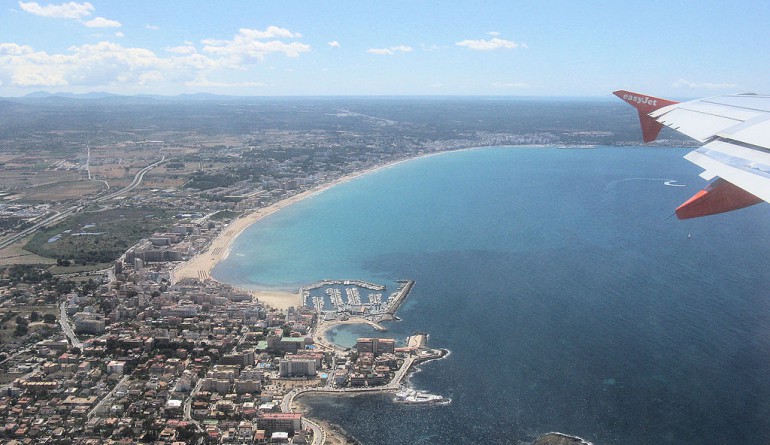
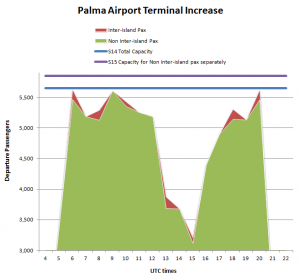
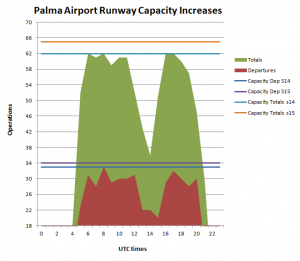
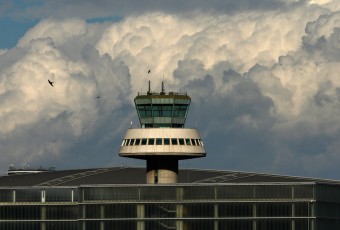
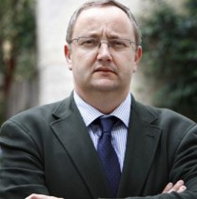
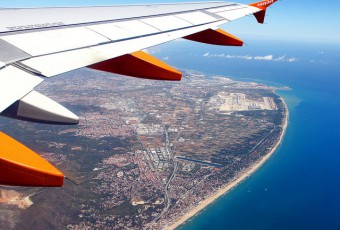
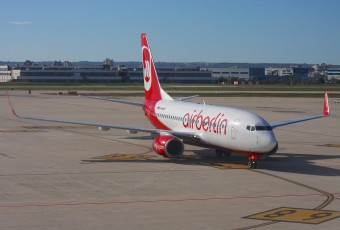
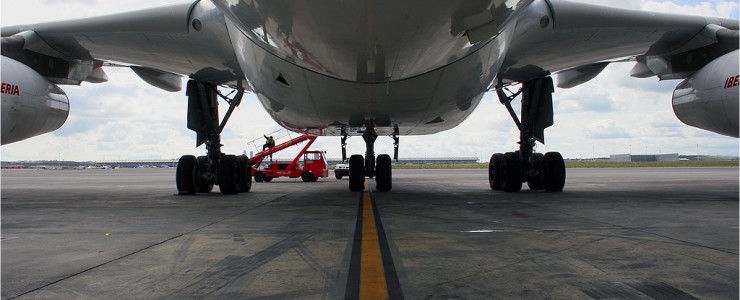
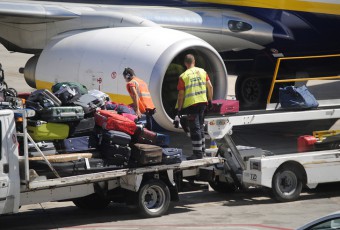
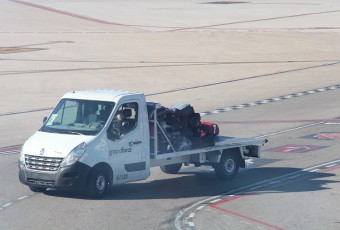


Pingback: Barcelona airport capacity to increase by 9% - Flight Consulting